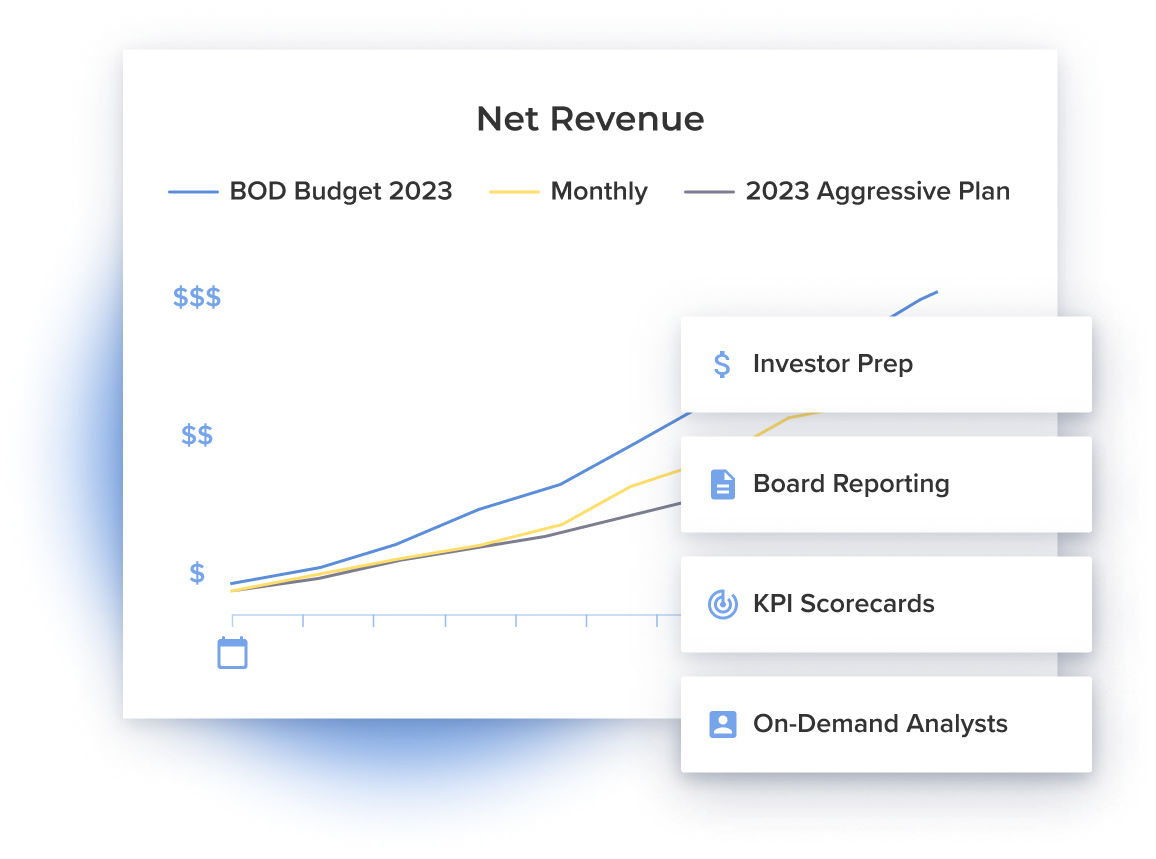Walled Gardens

Apple has thrown everything for a loop. CACs are rising, investors are worrying and DTC founders are trying to understand what’s really happening with their ad spend and answer where growth comes from next.
A research report from Arete Research reminded me of the early days of Facebook. I have always liked the analysts (Richard Kramer and Rocco Strauss) at Arete Research because they are smart, ask difficult questions, and have a strong point of view. A graphic in a report they published in December called Digital Ads in ‘22: Feast and Famine caught my eye because it showed 22 Walled Gardens. I put it in table form below.
Back in 2011 when I started at Nanigans, the term Walled Garden was just getting used and it basically referred to Facebook. When you used the term, everyone understood you were talking about Facebook, and over time Walled Gardens came to mean any media channel that had its own set of logged-in users and provided advertisers with ad units highly integrated into the user experience (e.g. the opposite of the display banner ad) targeting, attribution, data, and tools. The term expanded to include Google and Twitter and then eventually Snapchat and Pinterest. Now, according to Arete, there are 22 Walled Gardens. That’s daunting. How in the world can you run ads effectively across 22 different unique ad channels? How do you explore them and understand which work best?
But I thought back to the early days of Nanigans. Most of the Bainbridge team came from Nanigans which was one of Facebook’s largest marketing partners. Nanigans started in 2010 and by 2011 we were taking off like a rocket. This is before the Facebook IPO and well before any of the targeting and management tools that made Facebook into a performance ad juggernaut. Mobile gaming companies and ecomm companies gravitated to Nanigans because it gave them an edge on a nascent, but already big platform. They jumped on FB early and crushed it. The big names of that era literally built their businesses off FB ads. The lack of tools, talent, and common knowledge on Facebook didn’t stop the Nanigans’ advertisers because they knew that created opportunity. With some effort and a disciplined approach, they could figure out Facebook and get a ton of customers at incredible CACs before everyone else jumped in.
But the mainstream advertisers were focused elsewhere. In fact, the mainstream advertisers, the herd, were dismissive of Facebook. Just days before Facebook’s IPO, the CMO of GM announced that Facebook ads didn’t work and they were pulling their $10 million spend. Facebook was in its pre-IPO quiet period, so they couldn’t speak. But our CEO, Ric Calvillo, went on CNBC’s Squawk Box and when asked by host Carl Quintanilla about the GM CMO’s quote, simply said ‘there are 900 million people on Facebook. Do you think some of them want to buy cars?’ Carl laughed and the point was made. Just because you don’t know how to run the channel, don’t dismiss it. And to finish the anecdote, GM ended up firing the CMO for his Facebook decision and other missteps and the CEO had to go meet Sheryl Sandberg to re-start the relationship and start spending on FB again.
Today, everyone knows how to run Facebook ads. There’s talent all over the place, plenty of exceptional tools from Facebook and partners, and lots and lots of common wisdom. The reason so many DTC brands launched on FB and Instagram is because the pioneers before them had so much success.
So, now that everything has changed, are you ready to be a pioneer in a channel? Are you ready to find a channel you can master and exploit for years before the herd comes along?
You almost certainly don’t have the budget to run real tests on all 22 channels. So my suggestion is to follow your customer base. Find the overlap between their preferred walled gardens and less competition and then figure out that channel. Focus your efforts there through controlled experiments and see if you can make progress. Figuring it out can literally make your business.
A quick note on ad revenues, everyone looks puny compared to Facebook and Google. But $4 billion in ad revenue from SNAP is huge. In fact, it’s basically what FB’s revenues were at their IPO. It’s way more audience than you would be able to exhaust. So, focus on the overlap with your audience, not the size of the ad spend as you make your choices.
People want to find your product. They want the experience you can offer. With some hard work and discipline, I know you can do what others before you have done and find the channel that best connects you to your audience. I know you can do it!

Subscribe to our newsletter

Ready to see what you can do with Drivepoint?
Learn how other consumer and CPG brands are driving margin and cashflow with Drivepoint







